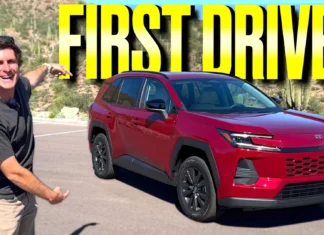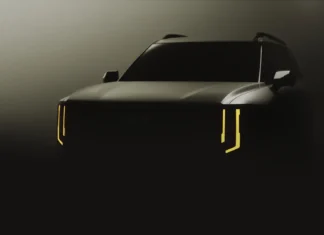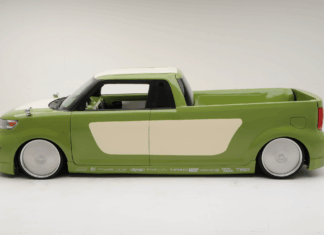
Acura’s all-wheel drive system is available in five out of its six models.
With the exception of the entry-level ILX, every Acura model has an all-wheel drive option. It’s name certainly gets to the point: Acura means “Super Handling All-Wheel Drive” as a way not just to stay in control, but also extract more performance from its cars. Over 15 years and four generations, the torque-vectoring all-wheel drive system has evolved, making its way into Acura’s hybrid models, as well as sticking with a mechanical system.
Super Handling All-Wheel Drive, according to Acura, “continuously determines the optimal level of power distribution between the front and rear wheels – and between the rear wheels individually – based on a continuous analysis of wheel speed, steering angle, lateral G-force and yaw rate.” When you’re driving in a straight line, 90 percent of available power is sent to the front wheels. Under hard acceleration or cornering, though, the system can send up to 70 percent of the power to the rear wheels. From there, it can reduce understeer by spinning the outside wheel up to 2.7 percent faster (overdriving) than the other wheels.

The system first debuted in the 2005 Acura RL, and has since made its way through most of the brand’s range. The 2nd-generation version made its way to the Acura MDX, RDX, TL and Honda Crosstour-based ZDX. The third generation system debuted in 2015. It came first on the TLX, then later on the MDX crossover. Here, the system uses a lighter rear differential and improved torque vectoring. This system is still used in both models.
Available on hybrid models as well
Now, the Super Handling All-Wheel Drive system comes in two flavors. The fourth generation mechanical system – in use in the 2019 Acura RDX – is more compact and responsive, according to Acura. However, Acura’s Sport Hybrid models have a version of the system adapted to its electrified powertrain.
Acura published a video showing how it works below:























